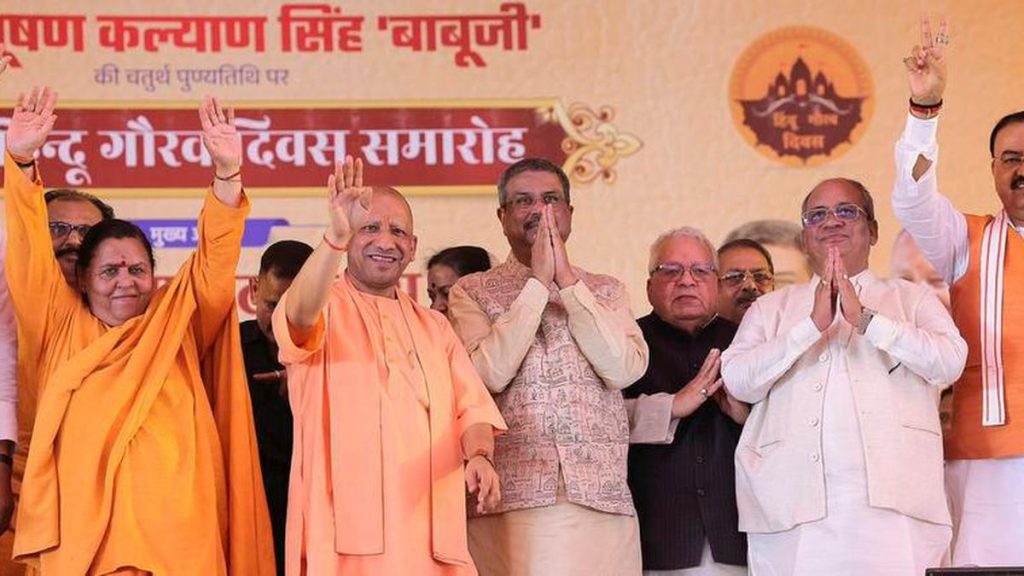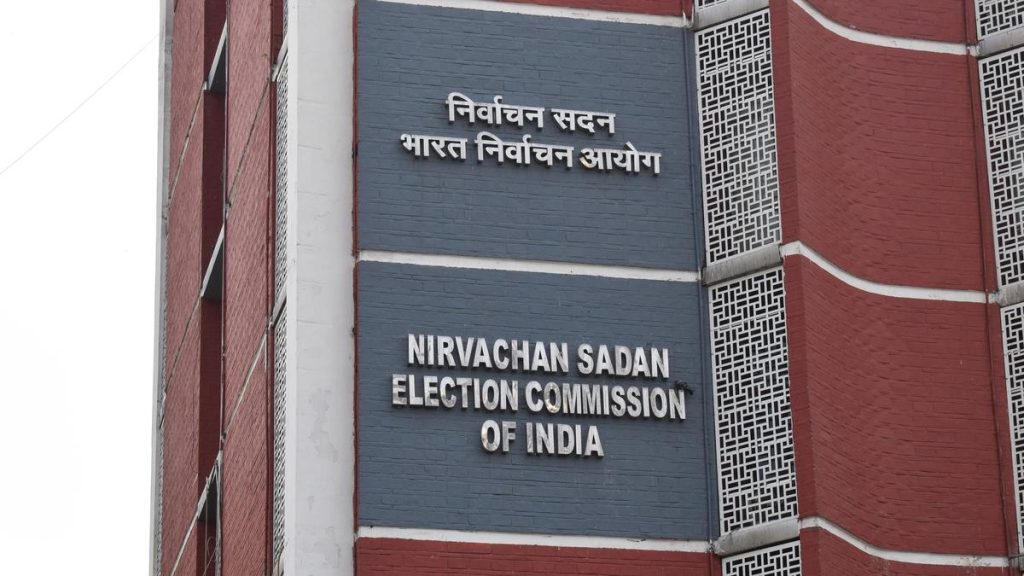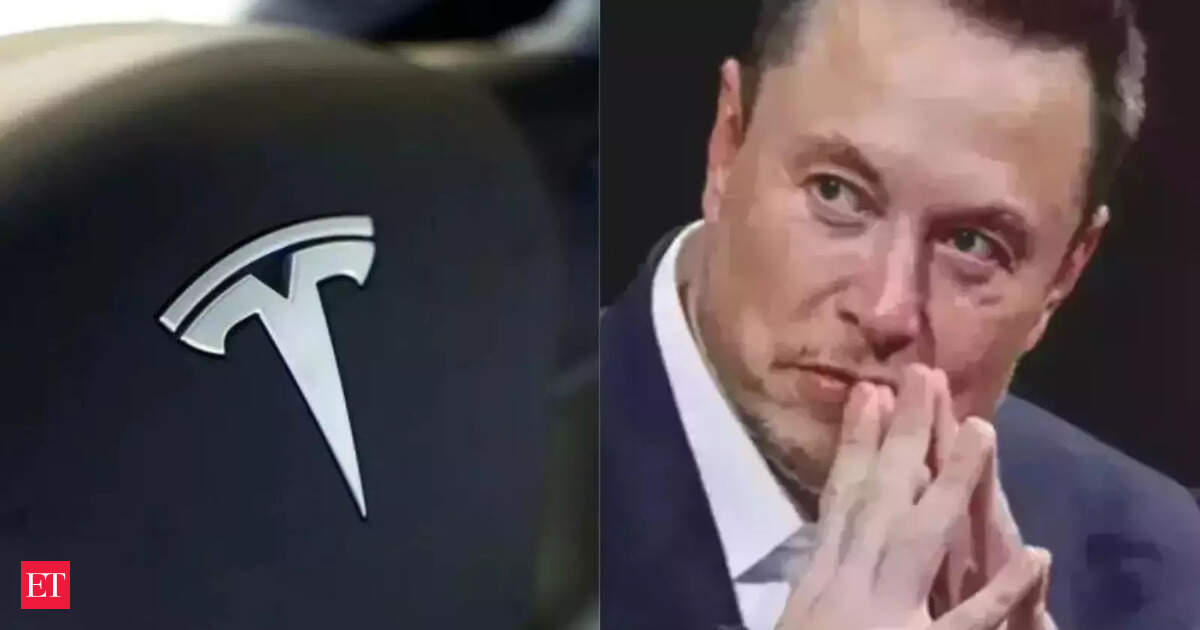Now Reading: India’s Quick Commerce Market Set to Triple to ₹1.7 Lakh Crore by 2025
-
01
India’s Quick Commerce Market Set to Triple to ₹1.7 Lakh Crore by 2025
India’s Quick Commerce Market Set to Triple to ₹1.7 Lakh Crore by 2025

swift Summary
- Growth Projection: India’s quick commerce market is expected to triple in size by 2027, reaching Rs 1.5-1.7 lakh crore, according to a report by consulting firm Kearney.
- Shift in consumer Spending: About 93% of quick commerce sales are coming from substitution rather than new demand, impacting modern trade, e-commerce, and traditional kirana stores.
- Pricing & Profitability Issues: Discounts on quick commerce platforms average 6-9%, lower than e-commerce (13-18%), with competitiveness primarily against kirana stores when delivery fees are included.
- adoption by Category: Snacks, cold beverages, and gifting items see strong adoption; fruits and vegetables as well as electronics and personal care categories remain resistant due to preferences for wider selections elsewhere or store purchases.
- Employment Impact: Quick commerce generates approximately 62-64 jobs per Rs 1 crore of gross merchandise value monthly-more than e-commerce but concentrated in gig economy delivery roles with limited job security. A predicted rise of up to 60% in gig hiring is anticipated by 2025.
Indian Opinion Analysis
Teh rapid growth forecast for India’s quick commerce market underscores shifting consumer habits and an evolving retail landscape.The steep increase could pose challenges for traditional players like kiranas and brick-and-mortar stores through direct competition unless they adapt quickly to digital paradigms.
While the sector brings significant employment opportunities-more delivery jobs relative to other segments-it highlights systemic concerns about workforce stability due to the heavy reliance on gig workers without robust protections or benefits. This trend could amplify debates around labor rights within India’s broader platform economy.
On pricing competitiveness, the lesser discounts compared with modern trade or e-commerce indicate sustainability struggles that may restrict long-term growth unless structural inefficiencies like logistics costs are addressed strategically.
India’s tiered adoption across product categories reflects nuanced consumer behavior. For staples such as rice or oil transitioning online while items like fruits/electronics linger offline suggests mixed readiness among segments tied more closely to convenience versus experiential purchasing factors.
The segmentation data coupled with rising gig hires signals both opportunity for scaling innovation but impending tensions around profitability thresholds amidst an increasingly crowded marketplace pursuing simultaneous quality fulfillment at constrained margins.

























